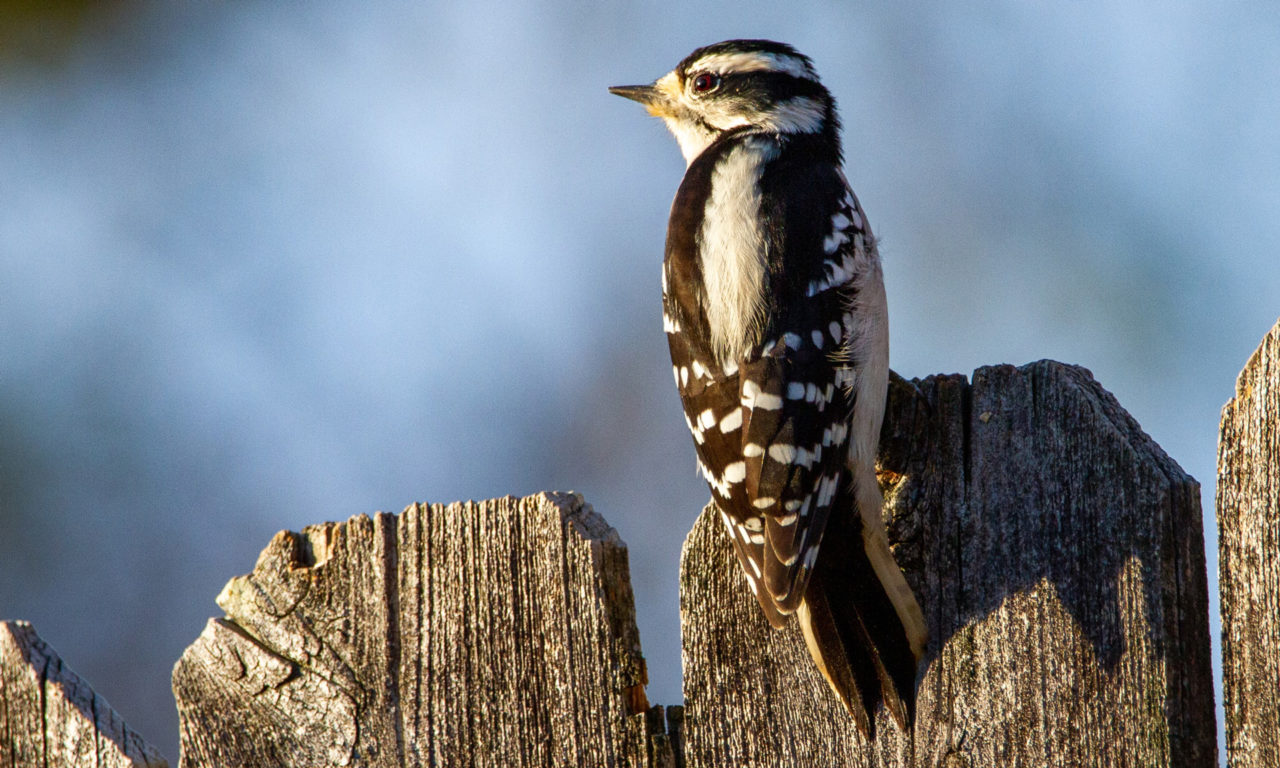Revealing the Keys of Woodpeckers: Habits, Environment, and Extra
Woodpeckers, with their special behaviors and specialized adjustments, have long fascinated researchers and nature enthusiasts alike. By revealing the mysteries surrounding woodpeckers' behavior and environment selections, a deeper understanding of these bird wonders emerges, providing a glance into their remarkable globe.
Woodpecker Behavior Insights
In taking a look at woodpecker habits, a remarkable screen of specialized skills and adaptations arises, dropping light on their exceptional ecological specific niche. Woodpeckers, recognized for their unique drumming on trees, possess a selection of behavior traits that add to their survival and success in their setting.
Furthermore, woodpeckers display an one-of-a-kind feeding habits characterized by their capability to essence insects from tree bark using their specialized beaks. Their long, barbed tongues help in recording victim, while their solid neck muscle mass provide security and accuracy throughout pecking activities. This feeding approach permits woodpeckers to access covert insect larvae and extract them with remarkable performance.
Environment Preferences and Option
What factors influence the environment choices and selection of woodpeckers? One important aspect influencing woodpecker habitat choice is the schedule of ideal nesting websites. Woodpeckers typically choose forests with a mix of mature trees that provide adequate opportunities for cavity excavation.
Furthermore, woodpeckers reveal a choice for environments with a bountiful supply of food sources. They are primarily insectivorous, feeding on beetles, ants, larvae, and various other pests discovered in decaying wood or tree bark. Woodpeckers have a tendency to favor woody areas with a diverse insect population to meet their dietary needs.
In addition, the presence of dead or decaying trees is one more crucial aspect in woodpecker habitat choice. These trees not only provide food resources however likewise use appropriate substrate for tooth cavity excavation. Dead trees are necessary for the upkeep of healthy and balanced woodpecker populations, as they play a crucial duty in the woodpeckers' life process and ecological community dynamics.
Feeding Habits and Diet Regimen Structure
Woodpeckers show a specialized feeding behavior focused on foraging for bugs within different habitats. In enhancement to bugs, woodpeckers likewise take in tree sap, fruits, nuts, and seeds, adding useful link selection to their diet regimen depending on the season and schedule of food sources.
The foraging techniques of woodpeckers are well-adapted to their arboreal way of life (Woodpeckers in Florida). Their capability to excavate wood not only offers them with food yet additionally assists in creating nesting dental caries and establishing areas. Woodpeckers play a critical duty in maintaining the health of forests by regulating insect populaces and aiding in the disintegration of timber. Comprehending their feeding behaviors and diet her comment is here plan make-up is essential for preservation initiatives targeted at maintaining these unique and important birds.
Drumming Appears and Communication
Making use of fast drumming sounds on different surface areas, woodpeckers utilize a distinctive form of communication to signify area boundaries and attract mates. This drumming actions is not only a means of interaction however additionally offers as a method for woodpeckers to develop their presence within a specific location. The strength, rate, and pattern of the drumming can convey important details to various other woodpeckers around.
Woodpeckers make use of drumming audios to reveal their presence in a territory and to caution off prospective trespassers. The loud and repeated nature of the drumming acts as a clear signal to other woodpeckers that the area is already declared. This assists in minimizing problems and reducing physical confrontations in between people.

Survival Adaptations and Specialized Composition

Verdict
To conclude, woodpeckers exhibit distinct behaviors, such as drumming sounds for interaction, and have specialized makeup for survival in their picked environments. Their feeding practices and diet structure further show their versatility to different environments. By recognizing these aspects of woodpeckers, researchers and guardians can much better shield and protect these remarkable birds and their environments.